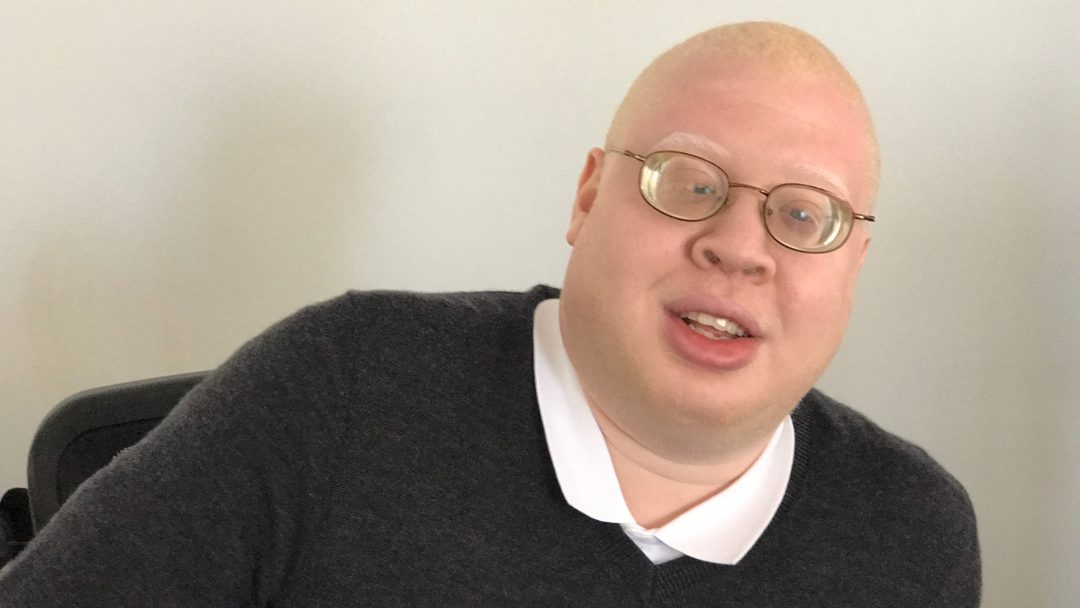Major Jacquote II is RoboKind’s Senior System Architect who has helped RoboKind develop and design many of Milo’s, systems and user interfaces. Pursuing his interest in programming, he graduated from the University of Texas at Dallas with a degree in computer science. Throughout his life and education, Major has worked with people with various disabilities like blindness and development disorders such as autism.
“I have always been interested in technology, and I was sort of looking for projects and a friend who worked here told me about RoboKind, and I got introduced to the team and their work with people who have autism.”
Creating a product for people with autism
Robots4Autism (R4A) and Milo isn’t just another 15-second toy that can be picked off the shelf in the toy aisle. It’s a series of complex systems working together deliver a specialized program developed to help children with autism spectrum disorder (ASD) overcome the social challenges created by their developmental disorder. Major has had a hand in establishing the communication pathways between Milo and the tablet application that triggers the R4A lessons, assisting with data collection to improve on features, and developing part of the client’s infrastructure.
“Not just going with what we know to be common customers or design stuff, but how do we cater that for people who have autism specifically?”
The WOW moment
In the beginning, the idea that machines could help learners with ASD was only a theory. Doubts on whether even the early R4A program work were high, but the team pushed on continuously iterating on their systems and design until they saw results. Some of the first students came from the Autism Treatment Center in Dallas, Texas where the early model of Milo, or the R50, broke down the barrier between the ASD learners and their therapists. Within weeks, students showed improvement in their communication, and some even began to show empathy or an understanding of emotions. These small successes boosted RoboKind’s efforts to push forward with their development and goal to reach a larger group.
“I went to the Autism Treatment Center and saw kids using the robot and their reactions to it were not unexpected, but seeing that it really clicked, that this is helping them. This is something that they like. It’s like they lit up when they saw it. It was pretty cool.”
Major’s future plans
R4A helps therapists keep track of how much a student has improved from the beginning of the program to the current day. It’s important that the user interface and data provided is easily understandable as not everyone is a computer master like the team at RoboKind. Major’s goal is to improve the back-end systems for better data collection and create a more user-friendly interface for tracking student progress.
